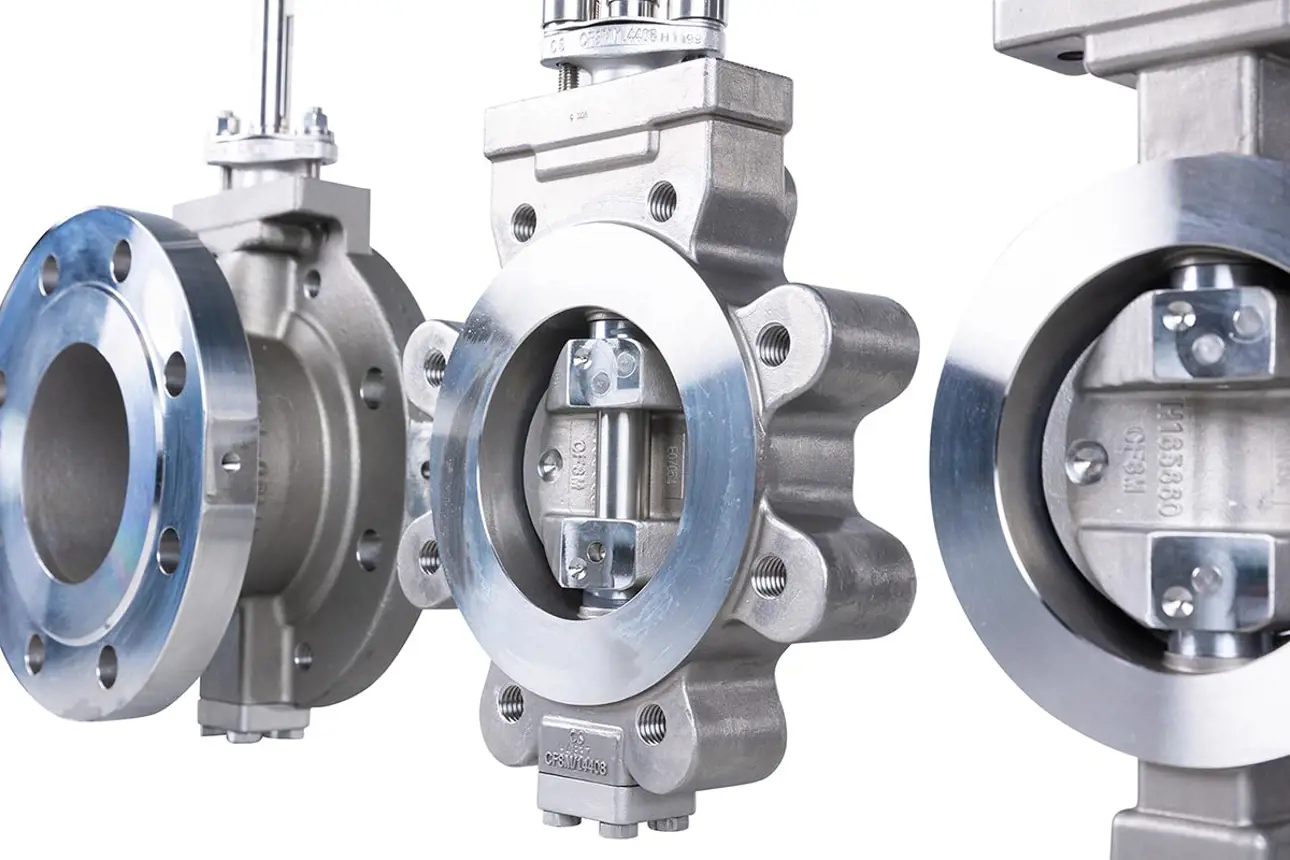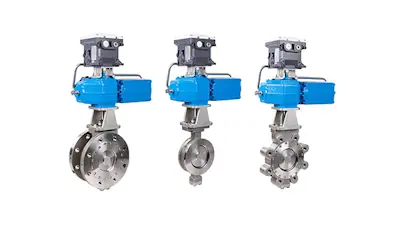Cracking the MAST code
Maximum Allowable Shaft Torque (MAST) is crucial for reliable valve operation. Adhering to MAST ensures safety, longevity, and efficient performance. Strategies include optimizing actuator torque and selecting robust valve shaft materials. Additionally, understanding MAST empowers informed decisions.
MAST represents the maximum torque that a valve shaft can withstand during operation without risking mechanical failure. Imagine a quarter-turn valve, for example, a butterfly valve. When the actuator turns the shaft to open or close the valve, the shaft undergoes torque. MAST defines the upper limit of this torque, ensuring that the valve functions reliably and safely.







